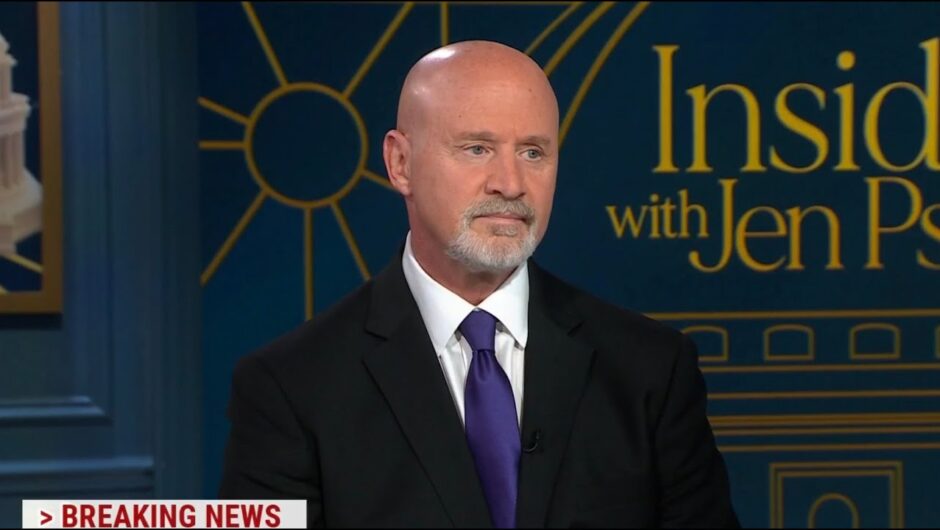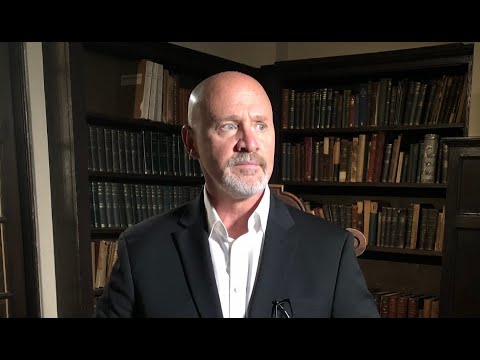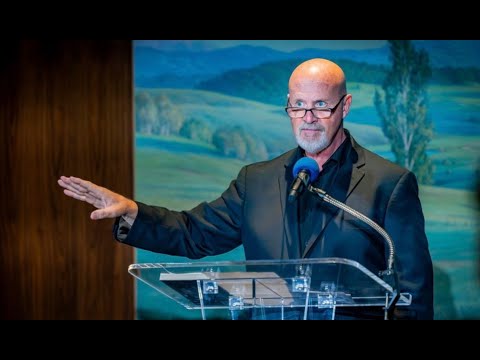
news, latest-news, sunday space, science, brad tucker, outer space, moon, mount stromlo observatory
There are currently 218 known moons in our Solar System. While Mercury and Venus do not have any, the outer planets like Jupiter and Saturn have heaps. Currently, Saturn has the most moons in our Solar System at 82. It has famous ones like Titan which has lots of water and will be the site of future missions and Mimas, which looks a lot like the Death Star from Star Wars. There may be many more, but given they are so small, less than a few kilometres wide, they are hard to find. Jupiter is a close second at 79. It has its famous four large moons, called the Galilean moons after they were spotted by Galileo – Io, Europa, Ganymede, and Callisto. It also has heaps of others you may not be familiar with like Elara. The dwarf planets even have moons. Pluto actually has more than Earth with five. Its largest moon is called Charon and it has four smaller moons – Styx, Nix, Kerebos, and Hydra. But why do all of those moons have fun, cool names, and our moon is just called the Moon? Well that is because there are technically no such things as moons and the special name of ours is Moon. Objects that are in orbit around another planet or minor planet, such as a dwarf planet, are called natural satellites. Even some asteroids are big enough to have natural satellites on their own. However, we also have artificial satellites. When we say satellites, this is what you normally think of, the objects humans build and send into space. Before 1957, when the first artificial satellite, Sputnik, was launched, this confusion wasn’t an issue. But now with thousands of artificial satellites in orbit, we colloquially call natural satellites moons. We call them ‘moons’ because the proper name of our natural satellite is the Moon. In other languages it is called Luna or Lune, just as the Sun is called Sol. In astronomy, we do use both terms now interchangeably, as it helps with the confusion. It is also very clear what we mean. As soon as we say moons, people understand we are talking about an object orbiting something that isn’t a star. If it was orbiting the Sun or star, it would be something like a planet, dwarf planet, or asteroid. There are even things called exomoons. An exomoon is an extra-solar moon, or a natural satellite that orbits around a planet that orbits around another star, what we call an exoplanet. We could call them exo-natural satellites but that is a mouthful. We may also have sub-natural satellites, or submoons. These are objects that orbit natural satellites, and that natural satellite orbits another body like a planet. It is a moon that orbits a moon, which orbits a planet, which orbits a star – moon moons. There is some evidence that the exoplanet Kepler 1625b has an exomoon, and potentially it has a submoon. So next time you write about the Moon, make sure you capitalise it because it is a proper noun, as it is our natural satellite’s name. And know that all other objects like it are called moons because of how special it is.
/images/transform/v1/crop/frm/XBxJDq6WLub2UphQ8wEq23/97d30028-7804-42a1-8ac3-9c1d0049fc94.jpg/r0_783_8000_5303_w1200_h678_fmax.jpg
There are currently 218 known moons in our Solar System. While Mercury and Venus do not have any, the outer planets like Jupiter and Saturn have heaps.
Currently, Saturn has the most moons in our Solar System at 82. It has famous ones like Titan which has lots of water and will be the site of future missions and Mimas, which looks a lot like the Death Star from Star Wars. There may be many more, but given they are so small, less than a few kilometres wide, they are hard to find.
Jupiter is a close second at 79. It has its famous four large moons, called the Galilean moons after they were spotted by Galileo – Io, Europa, Ganymede, and Callisto. It also has heaps of others you may not be familiar with like Elara.
In other languages it is called Luna or Lune, just as the Sun is called Sol. In astronomy, we do use both terms now interchangeably, as it helps with the confusion.
The dwarf planets even have moons. Pluto actually has more than Earth with five. Its largest moon is called Charon and it has four smaller moons – Styx, Nix, Kerebos, and Hydra.
But why do all of those moons have fun, cool names, and our moon is just called the Moon? Well that is because there are technically no such things as moons and the special name of ours is Moon.
Objects that are in orbit around another planet or minor planet, such as a dwarf planet, are called natural satellites. Even some asteroids are big enough to have natural satellites on their own.
However, we also have artificial satellites. When we say satellites, this is what you normally think of, the objects humans build and send into space. Before 1957, when the first artificial satellite, Sputnik, was launched, this confusion wasn’t an issue. But now with thousands of artificial satellites in orbit, we colloquially call natural satellites moons.
We call them ‘moons’ because the proper name of our natural satellite is the Moon. In other languages it is called Luna or Lune, just as the Sun is called Sol. In astronomy, we do use both terms now interchangeably, as it helps with the confusion. It is also very clear what we mean. As soon as we say moons, people understand we are talking about an object orbiting something that isn’t a star. If it was orbiting the Sun or star, it would be something like a planet, dwarf planet, or asteroid.
There are even things called exomoons. An exomoon is an extra-solar moon, or a natural satellite that orbits around a planet that orbits around another star, what we call an exoplanet. We could call them exo-natural satellites but that is a mouthful.
We may also have sub-natural satellites, or submoons. These are objects that orbit natural satellites, and that natural satellite orbits another body like a planet. It is a moon that orbits a moon, which orbits a planet, which orbits a star – moon moons. There is some evidence that the exoplanet Kepler 1625b has an exomoon, and potentially it has a submoon.
So next time you write about the Moon, make sure you capitalise it because it is a proper noun, as it is our natural satellite’s name. And know that all other objects like it are called moons because of how special it is.
- Brad Tucker is an astrophysicist and cosmologist at Mount Stromlo Observatory, and the National Centre for the Public Awareness of Science at ANU.






